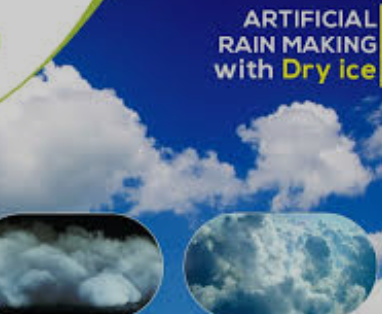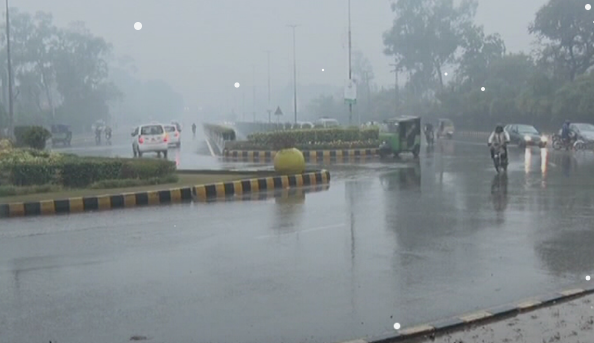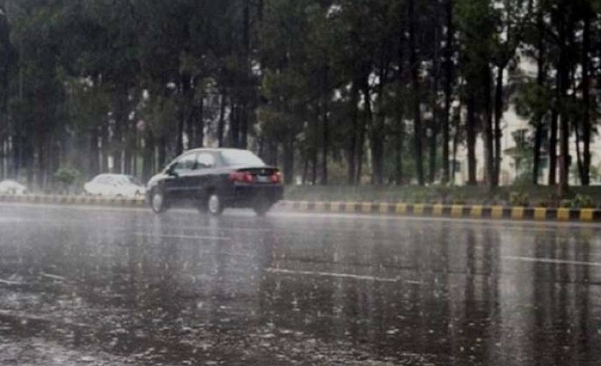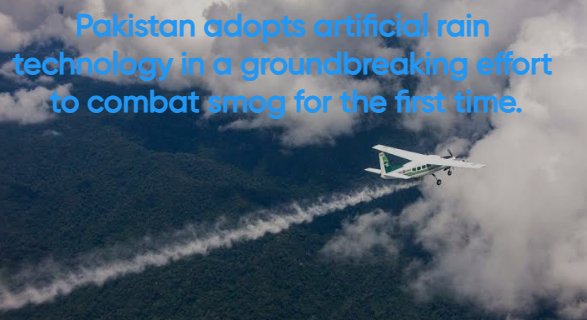The sprawling metropolis in the eastern part of Pakistan is frequently listed among the most severely affected places globally by air pollution.
“Certain areas of Lahore experienced a light drizzle,” reported Mohsin Naqvi, the interim chief minister of Punjab.

He added that officials were closely observing the effects of the artificial rain within a 15km (nine-mile) radius.
The United Arab Emirates generously provided the “gift” of artificial rain, as mentioned by Mr. Naqvi, who added, “Teams from the UAE, accompanied by two aircraft, arrived here approximately 10 to 12 days ago. They utilized 48 flares to induce the rain.”

Cloud seeding, also known as artificial rain or blueskying, has become a prevalent method in the UAE to stimulate rain in the country’s arid landscapes. In this process, silver iodide, with a structure resembling ice, is dispersed into clouds to promote condensation and the formation of rain.

Experts affirm that rain can effectively reduce pollution levels. In Lahore, on Saturday, the levels of PM2.5 pollutants—microscopic particles that can enter the bloodstream through the lungs and may cause cancer—were recorded as hazardous, exceeding the World Health Organization’s danger limits by more than 66 times.
